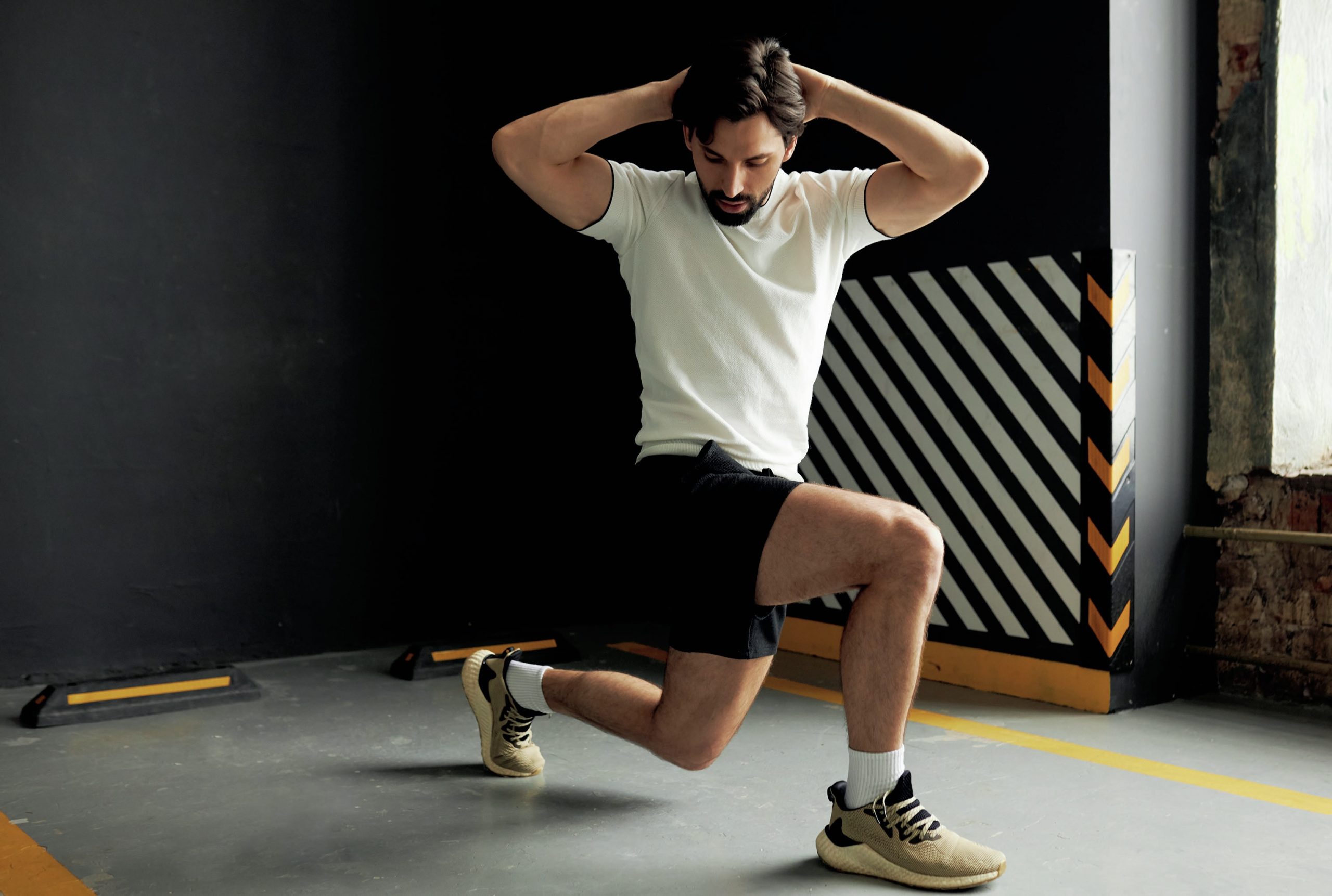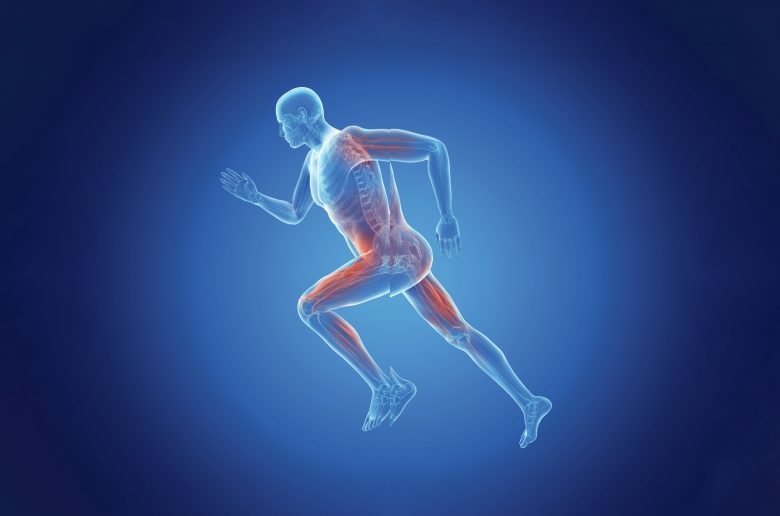
AQA, Edexcel, and OCR all require an understanding of the effects and benefits of warming up.
Whatever your sport or level of competitive experience, you will be familiar with the practice of warming up. While warming up is now viewed as a prerequisite for delivering your best performance, this has not always been the case. In the late nineteenth century, warming up, much like training, was viewed with suspicion. Preparing to maximise your performance was associated with a desire to win and the negative connotations of professionalism. That you might train to win or employ a coach was diametrically opposed to the amateur ideals. Moreover, it is only fairly recently that warm-up protocols have been based in scientific research, rather than tradition and habit. This article will consider why we warm-up, what constitutes an effective warm-up and the associated topics of stretching (Box 1), long-term athlete development and priming for performance.
Your organisation does not have access to this article.
Sign up today to give your students the edge they need to achieve their best grades with subject expertise
Subscribe



